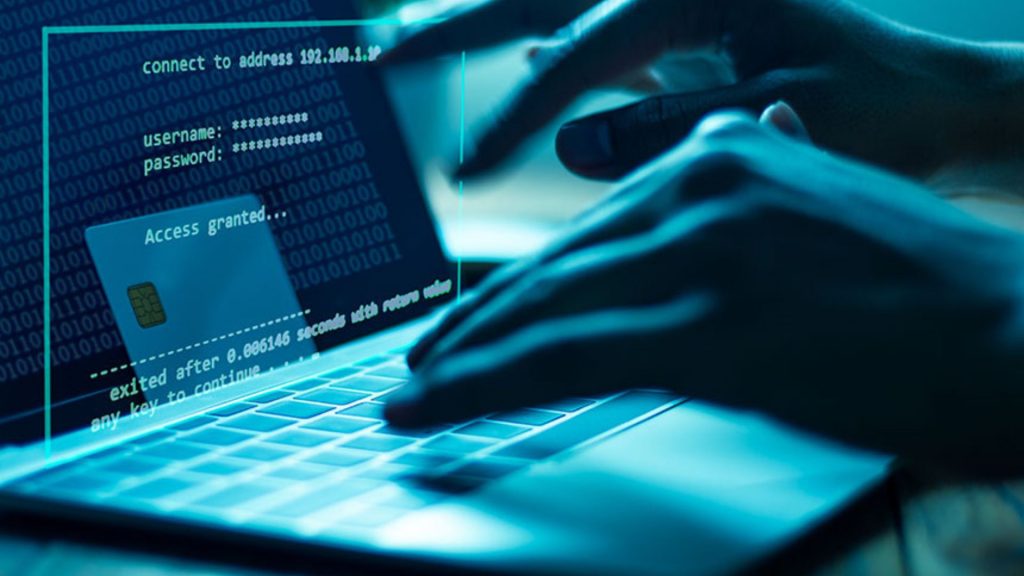The ongoing financial crime risk monitoring, which helps businesses protect themselves against financial crime risks and incidents such as money laundering, cyber-attacks, insider trading, terrorism, resulting in financial and reputational losses. The ongoing monitoring process helps businesses protect themselves against financial crime risks and incidents such as money laundering, cyber-attacks, insider trading, terrorism, etc., which result in financial and reputational losses.
Ongoing Financial Crime Risk Monitoring
Ongoing monitoring processes are performed when the customer profiles change. While in the process with a client, the client’s risk may change. A client may be low risk, high risk, or vice versa. Ongoing monitoring is necessary because clients’ risk profiles and business activities change over time. Therefore, an entity regularly monitors the customers’ and clients’ transactions and activities. AN example of changing risks profile includes switching from the normal category to the politically exposed person or PEP category.
Changing the situation and risks of sanctioned countries, the organization’s risk appetite and the change in business relationships also require monitoring. The customer’s risk may change from low to very risky, or vice versa causing an entity to perform ongoing monitoring of customers’ profiles.
The frequency of ongoing monitoring depends on the level of risk assigned to customers in financial crime risk assessment. Customers identified as low risk may require less frequent ongoing monitoring than customers identified as high risk.
The independent monitoring and review procedures and processes are standardized, uniform, and sufficiently consistent, enabling aggregating of financial crime-related information in a systemic way to identify any patterns and trends that may indicate a financial crime. Compliance control processes should include verification of key information used in compliance reports to Senior Management and the Board. The monitoring also considers aspects such as awareness of financial crime compliance by the departments and functions.
The following methods are to be ensured for better monitoring of high-risk customers on an ongoing basis:
Development of reports and more frequent review of reports on high-risk transactions;Reviewing transactions;Marking certain activities that deviate from expectations and raise concerns as needed; andSetting business limits that will trigger early warning signals on accounts or transactions and require mandatory review.
For ongoing monitoring, records of the measures taken by the companies and the information obtained from the ongoing monitoring are kept. These records generally include:
Processes implemented to perform enhanced ongoing monitoring of high-risk clients;Processes for recording information obtained as a result of enhanced ongoing monitoring for high-risk customers information obtained as a result of high-risk customers; andProcesses for recording information obtained as a result of ongoing monitoring.
Ongoing monitoring records should be summarized to monitor business relationships continuously. However, information obtained from ongoing monitoring is likely to be specific. Information obtained from ongoing monitoring activities can be documented and updated through various records. In addition, it is required by the regulators to keep a record of the measures taken and the information obtained from ongoing monitoring for at least five years from the date of creation of the record.
Final Thoughts
Ongoing Monitoring is a process that you should develop and use to review all of the information you have about the customers with whom you do business. High-risk clients should be screened for criminal threats on a regular basis. High-risk clients, on the other hand, should be checked for criminal threats on a regular basis. Ongoing Monitoring is used to check the high-risk customers on the sanctions and PEP lists on a regular basis. Businesses can protect themselves against risks such as noncompliance and reputation loss by implementing the Ongoing Monitoring Process.




